How to Fix CMUSBDAC.sys Blue Screen of Death on Windows 10?
Some PC users are reporting that their Windows 10 installation is nearly unusable since they are getting constant BSODs (Blue Screen of Death critical crashes) pointing towards the CMUSBDAC.sys file. This type of issue is only reported to occur on Windows 10 and has no apparent trigger.
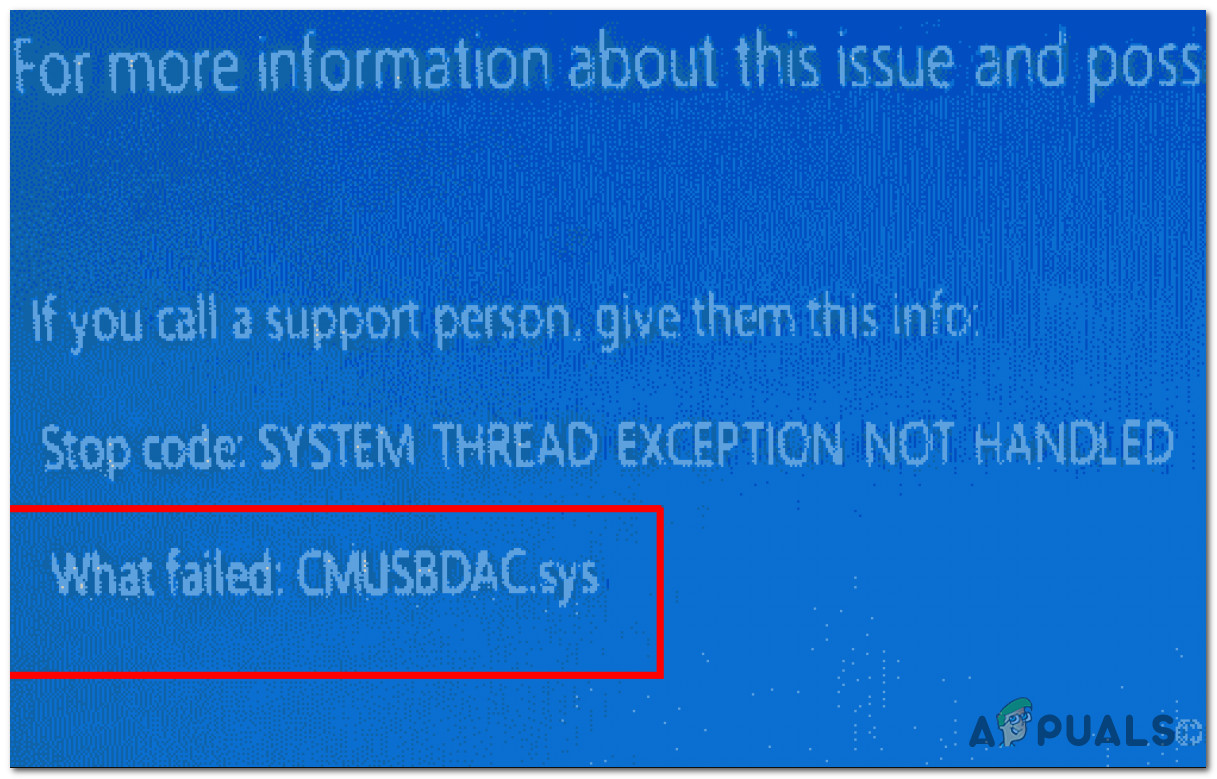
What is CMUSBDAC.sys File?
The CMUSBDAC.sys file is a key dependency that belongs to the C-Media USB Audio Class Driver from C-Media Inc. On Windows 10, this driver is not installed by default, but you might have installed it unwillingly after it was bundled with a 3rd party application that you recently installed.
Another scenario that might leave you with this partially incompatible driver is a situation where you upgraded to Windows 10 from an older Windows version (8.1 or 7).
After investigating this particular issue thoroughly, it turns out that there are several different causes that might produce the apparition of this critical error:
- Severely outdated motherboard drivers – As it turns out, one of the most common causes that will cause this kind of behavior on Windows 10 is an instance in which your motherboard and/or chipset drivers are severely outdated. If this scenario is applicable, you should be able to fix the problem by updating the drivers using the official channels.
- Blue Snowball microphone conflict – In case you’re using a blue Snowball 3rd party microphone on Windows 10, chances are the driver that it’s supposed to use by default (which borrows from the C-Media infrastructure) is not fully compatible with Windows 10. In this case, you need to install the Asio3All driver pack to solve the conflict.
- C-Media Audio Class incompatibility – If the C-Media USB Audio Class driver is currently active on your computer (after an upgrade from Windows 7 or Windows 8.1), you should be able to fix the problem by using Device Manager to uninstall it and replace it with the generic equivalents.
Now that you know every potential culprit, here’s a shortlist of methods that other affected users have successfully used to fix this issue:
Method 1: Updating Motherboard Drivers
As it turns out, a big portion of users that were previously y encountering this issue on Windows 10 have reportedly been able to fix the problem by updating their motherboard drivers to the latest version available.
If you’re experiencing these BSOD crashes pointing towards the CMUSBDAC.sys at specific intervals, you should go ahead and update your current motherboard drivers to the latest version available. A lot of affected users have confirmed that the BSODs have stopped occurring altogether after they did this.
In most documented cases, this method is effective on Windows 10 installations resulted after upgrading from Windows 7 or Windows 8.1.
Note: Windows 10 is notoriously known for failing to find and install newer versions of your motherboard driver, so the best course of action is to do it manually.
If this scenario is applicable, follow the instructions below to discover your motherboard model and update it manually:
- First things first, you need to know your motherboard model so you can download the appropriate drivers. If you don’t know your motherboard model, press Windows key + R to open up a Run dialog box, then type ‘msinfo32’ inside the text box and press Enter to open up the System Information screen.
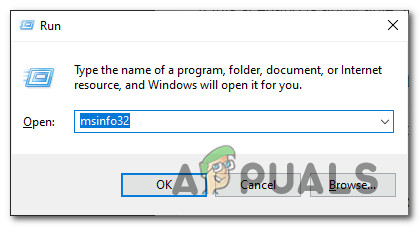
Accessing the System Information Screen - Inside the System Information screen, click on System Summary from the menu on the left, then move over to the right-hand side menu and check your motherboard model under BaseBoard Product.
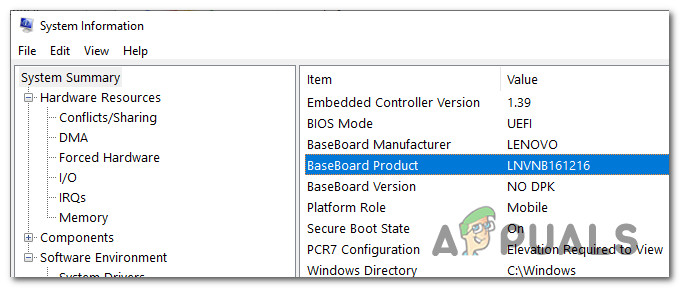
Checking the motherboard model Note: Additionally, you can use a 3rd party tool like Speccy to find out your motherboard model.
- Once you know your motherboard model, visit the official download page of your motherboard manufacturer and download the latest versions of your motherboard drivers.
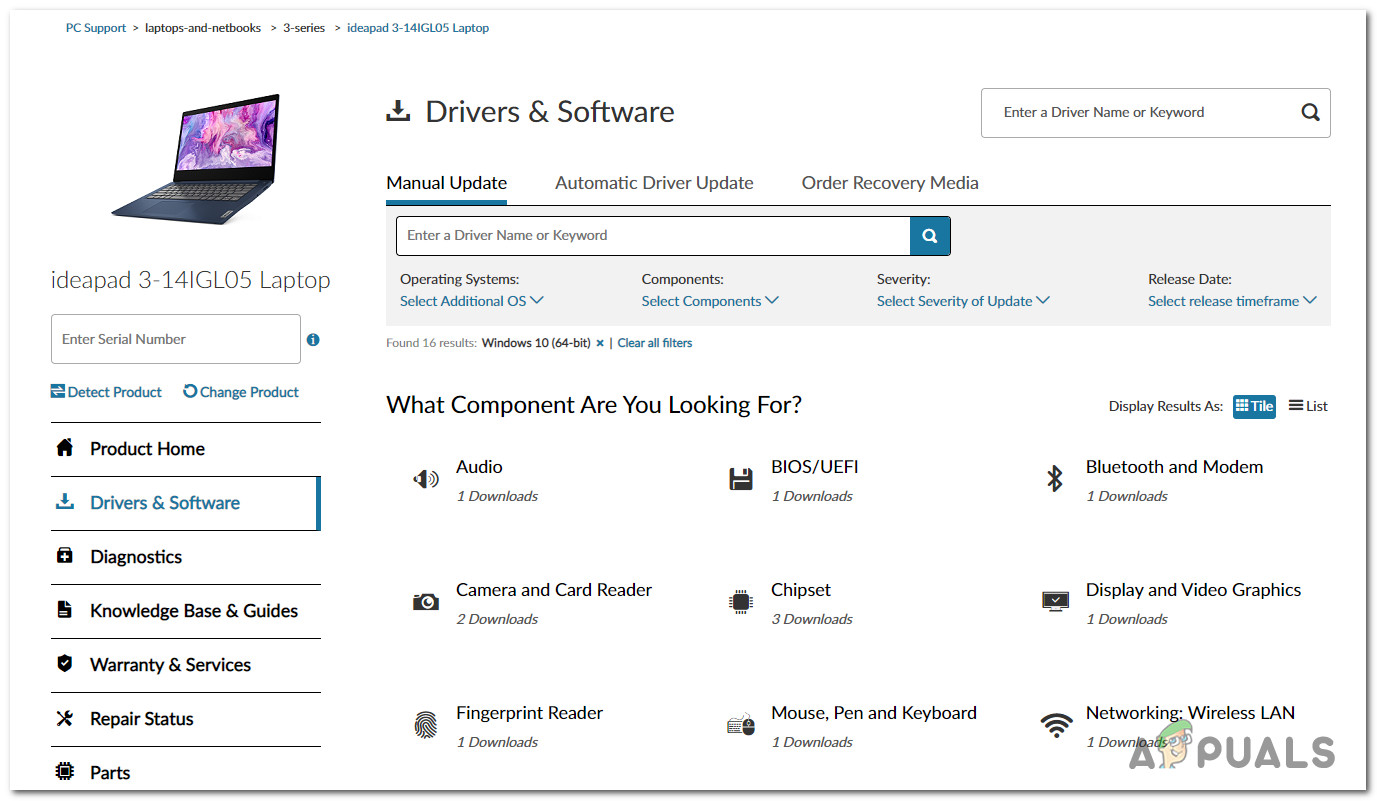
Downloading the motherboard driver - Next, follow the on-screen prompts to install the latest version of the missing driver/s, then restart your computer and see if the problem is fixed once the next startup is complete.
If the issue is still not resolved or you were already using the latest available drivers, move down to the next potential fix below.
Method 2: Installing ASIO4All
As it turns out, you might also experience this problem if you’re using a 3rd party microphone whose driver is using a driver that’s causing incompatibility issues on Windows 10. This instance is most commonly encountered with Blue Snowball microphone.
If this scenario is applicable to your particular scenario, you should be able to fix this problem by temporarily unplugging the microphone while you replace the current driver that is used with the 3rd party equivalent from ASIO4All. There are a lot of uses confirming this method as the only thing that allowed them to fix the critical crashes originating from the CMUSBDAC.sys.
Here’s a quick step by step guide with everything you need to do:
- First things first, unplug your 3rd party microphone.
- Open your default browser and download the latest version of the Asio4All driver by clicking on the hyperlink associated with your default language.
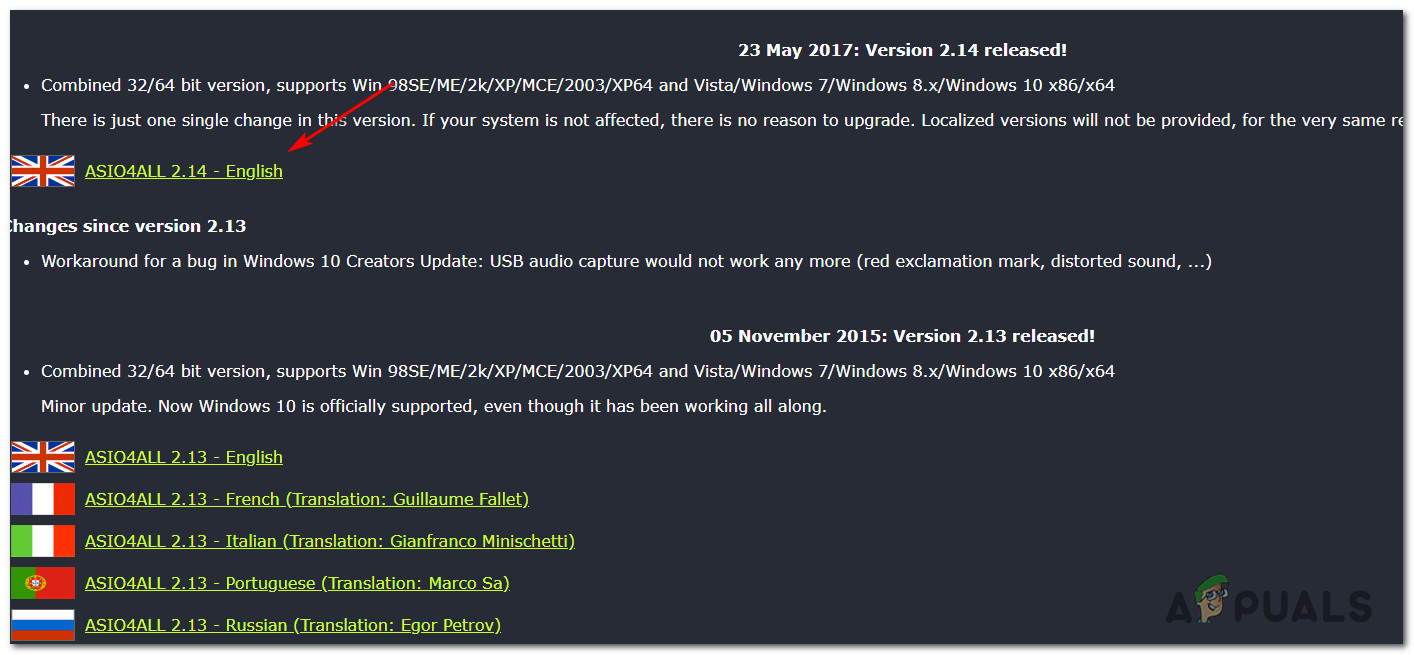
- Once the download is complete, double-click on the installation executable of Asio4All and hit Yes at the UAC (User Account Control) prompt to grant admin access to the installer.
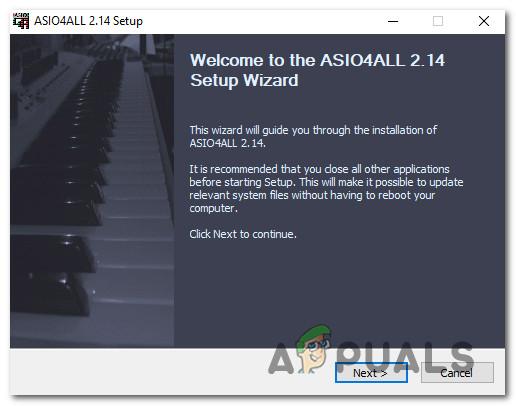
Installing Asio4All driver - Once the installation is complete, restart your computer and wait for the next startup to complete.
- Finally, plug your 3rd party microphone back into your computer and see if the problem is now fixed.
In case this scenario was not applicable or you’re still getting the same type of crash originating from the CMUSBDAC.sys file, move down to the next potential fix below.
Method 3: Uninstalling the C-Media USB Audio Class driver
Since CMUSBDAC.sys file is associated with the 3rd party audio drivers from C-Media, you should take the time to investigate whether these drivers are currently active inside Device Manager. Keep in mind that the Audio Class driver from C-Media is partially incompatible with Windows 10, so you’re better off uninstalling it in order to allow the generic drivers to take its place.
This fix has been confirmed to be effective by a lot of affected users, especially in situations where the Windows 10 installation was obtained after an upgrade from Windows 7 or Windows 8.1.
If this scenario is applicable to your current situation, follow the instructions below to use Device Manager to uninstall the C-Media USB Audio Class driver from your computer and allow the generic Windows 10 drivers to be used instead:
- Press Windows key + R to open up a Run dialog box. Next, type ‘devmgmt.msc‘ inside the text box and press Enter to open up Device Manager. If prompted by the UAC (User Account Control) prompt, click Yes to grant admin access.
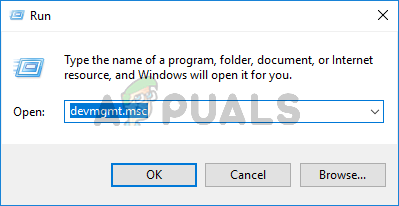
Type devmgmt.msc and Press Enter to Open Device Manager - Inside Device Manager, scroll down through the list of installed devices and expand the drop-down menu associated with Sound, video and game controllers.
- Once you’re inside the Sound, video and game controllers menu, right-click on C-Media USB Audio Class driver and choose Uninstall device from the context menu.
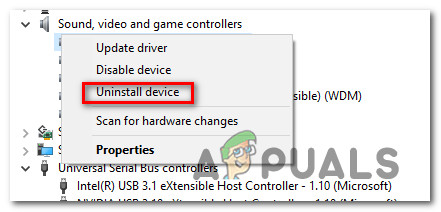
Uninstalling the C-Media USB Audio Class driver - At the confirmation prompt, complete the uninstallation of the driver, then restart your computer and wait for the next startup to complete.
- After your computer boots back up, the generic drivers should have already replaced the tasks of the C-Media USB Audio Class driver, so you should no longer be seeing BSODs associated with the CMUSBDAC.sys file.





